Motivating the Player
- Reed Priest
- Dec 7, 2018
- 5 min read
Updated: Dec 11, 2018
Motivation, I argue, is the single most important component in games. Without it, players would not be encouraged to participate in the game at all. Game designers should therefore continually prioritize methods to keep players motivated. Doing so can prevent players from feeling jaded and subsequently walking away from the game, failing to experience the rest of what designers intended for the player.
Empowering Moments
To retain the player’s dedication, designers can incorporate dramatic, empowering moments through game design. Valkyria Chronicles 4 excels at this method through its “orders” mechanic. In this tactical, war-based RPG, leading units can initiate orders which trigger a dramatic cutscene flashing the letters O-R-D-E-R. These orders also offer strategic options to gameplay by turning a grim situation into a hopeful chance for victory. Pairing the cutscene’s cinematography with the direct effects on gameplay enlivens the player. Additionally, last stands are another mechanic that can activate when a unit falls in battle. Giving units a second wind to attack after they fall, last stands offer a dramatic chance to execute a brash strategy. These last stands require quick reactions and quicker planning, stimulating the player to enact their final gambits.
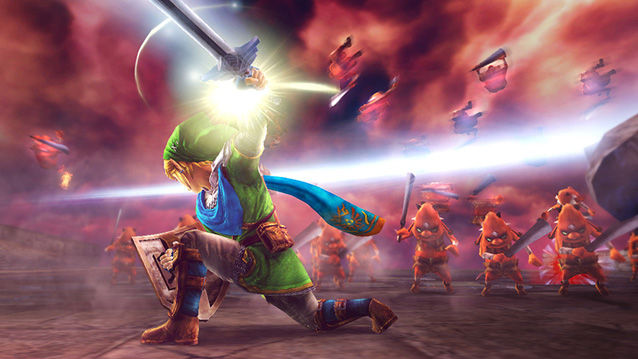
The latest spinoff additions to the Dynasty Warriors series, Hyrule and Fire Emblem Warriors, similarly drive the player with critical moments. As the player slays myriads of enemies, a meter slowly builds. Once this meter is full, protagonists can unleash a visually spectacular and emotionally cathartic blast of power specific to each character. These stunning attacks are powerful enough to inundate swarms of enemies or substantially decrease a boss’s health, making them an essential tool for the player. By suddenly turning the tide of battle, these games empower the player to richly engage gameplay.
Desirable difficulties
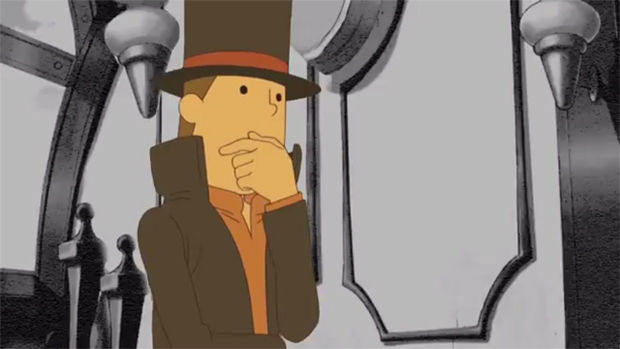
Cognitive psychology generally finds that motivating goals are specific, attainable, and difficult. Impossible goals amotivate the player with feelings of learned helplessness, while laughably easy challenges insult the player’s intelligence. The best approach to continually engage the player lies in desirable difficulties that match the player’s developing skill level. The Professor Layton puzzle solving series masters this balance by presenting relatively easy puzzles near the beginning of its games to introduce the player to their cerebral gameplay. As the games continue, puzzles become increasingly difficult, but at a pace that matches most players’ skill levels. Each puzzle requires a fair amount of thought, but generally not too much or too little. And if a puzzle is too difficult, it can be skipped; not every puzzle is required to progress the game’s action. While a certain amount of challenges are required to be completed for progression, this cutoff is attainable and encourages the player to reach this quota.
There’s work to do
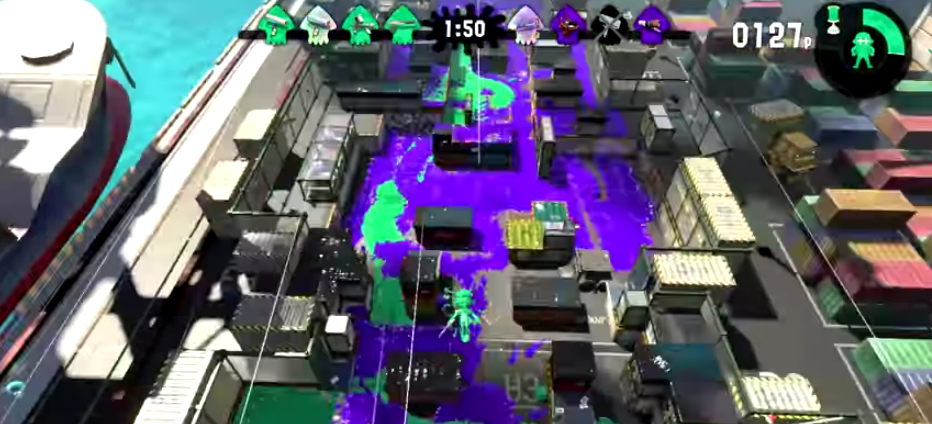
While the term “work” seems it should be excluded from the fun that games emphasize, work is not inherently displeasurable. A game’s progress is due to the player’s effort and work. This work can be targeted by reminding the player that entertaining work still needs to be done. In Splatoon 2’s turf wars mode, players cover a field with their team’s ink color while occasionally splatting enemies. Once the player is splatted, however, he/she returns to their base’s launchpoint, and can then reengage the battle by launching to a teammate. Once the player does so, he/she blasts high into the air, seeing the current lay of the land: how much turf is covered by each team. When the player sees a close game, paired with a subtle shift in music to a hyper beat in the round’s last minute, the player accepts a mission to finish their work and beat the opponent. This last sprint of work is important to the player’s team, and the player adopts a sense of urgency through their newly sharpened motivation.
High Scores

A staple from the arcade era, high scores incentivized children to deposit more coins for another chance at glory. Displaying one’s high score offers extrinsic motivation through a sense of accomplishment and bragging rights. Additionally, high scores can be effective due to the player’s intrinsic motivation of self-improvement. While arcade games of old such as Mappy, Galaga, and any pinball machine incorporated high scores, Pac-Man Championship Edition 2 fully utilizes them through a world ranking system. Not only does this game provide E through S rankings for scores on each course, but the player’s high score on each course is automatically entered in a worldwide scoreboard, thrusting an inherent need for comparative evaluation upon the player. This continual sense of competition drives the player to reach high scores, which creates a positive cycle of increased motivation.
Constant variety
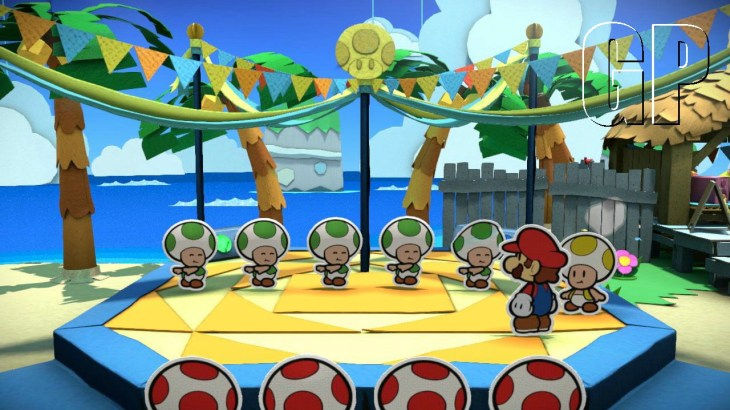
Curiosity is yet another powerful tool to keep players motivated. A game’s variety makes the player question what other worlds and events await, subsequently driving the player to satisfy this need to uncover what lies ahead. Paper Mario: Color Splash’s astounding amount of level variety consistently rewards the curious player. While games in the Fire Emblem franchise can understandably amotivate the player through a lack of level diversity, Paper Mario: Color Splash’s continual level variety offers a dynamic experience that keeps players engaged. Levels include a Western train, a haunted mansion, an excavation site, a tropical beach, an isolated orchard, and an interdimensional island, to name a few. The profound visual variety instills a driving sense of wonder in the player, motivating them to see all the excitement that the game offers.
Poor game mechanics destroy motivation
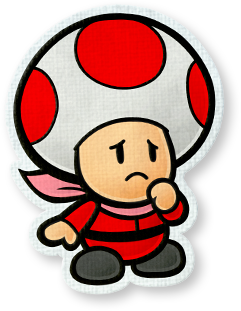
While on Paper Mario: Color Splash, it is worthwhile to illustrate how its poor battle mechanics also squash players’ motivations. The Paper Mario series is known to have a genius battle system that is deep for experts, yet understandable for beginners. For an extensive list of reasons which can justify their own post, this pristine battle system was completely destroyed. No longer are battles worthwhile and contributive. Instead, Paper Mario: Color Splash’s battle system punishes the player with wasted time, clunky user interface, and a loss of game progress. With the game’s battle mechanic eradicating - rather than instilling - player enjoyment, the overall game experience suffers. Because so much of the playtime is spent in these boring, useless battles, the player loses a large sense of the previously mentioned curiosity to explore the game’s world. While games can foster player motivation throughout a variety of methods, one terrible game mechanic can expunge it.
Conclusion
Player motivation is a necessary factor to consider when developing games. Some of the best gaming memories come from moments when a game’s novelty, design, and plot intertwine to captivate the player and demand their continued play. These varying game components combine to synthesize motivation in a subtle way because players rarely recognize their emotional commitment to a game. Although easy to squander, motivation connects players to games, driving them to relish the myriad of design features and mechanics that developers so lovingly prepared.



Comments